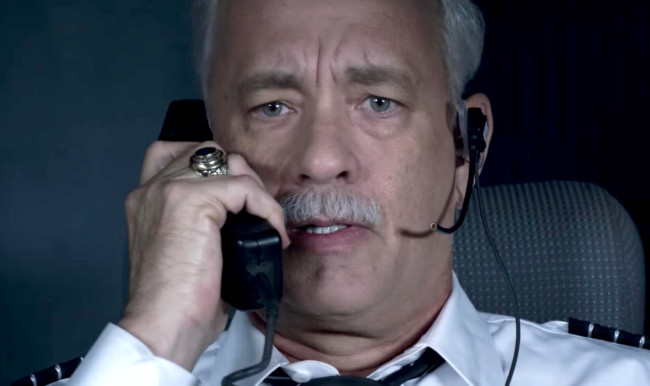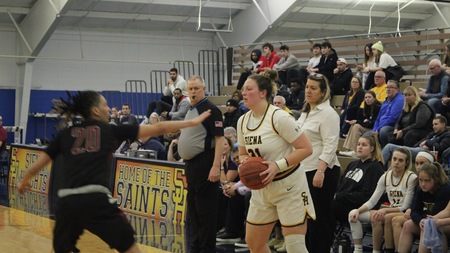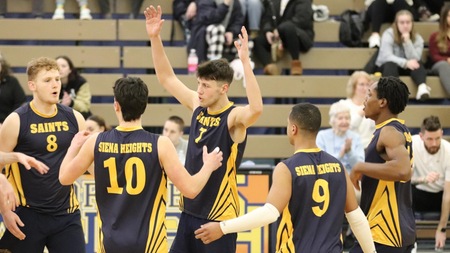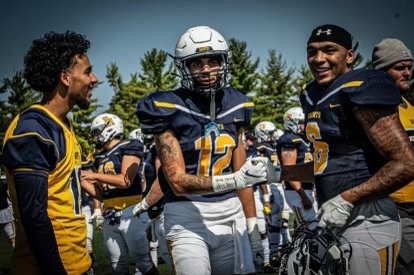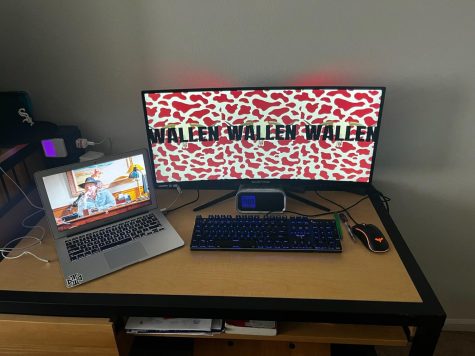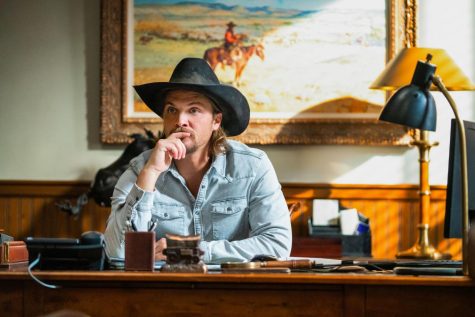Spectra Film Review: SULLY
Even though the script maybe thinly written, when you have Tom Hanks and Clint Eastwood in the cockpit, nothing else really matters.
Of course, in the captain seat this time is Tom Hanks (is there anyone more reliable than him?) as Chesley “Sully” Sullenberger, a white snowy haired, calm, cool, and collected pilot whose aviation experience exceeds that of even the most skilled professionals. The film does it’s best to chronicle the events which took place on the morning of January 15th 2009, when a lone flight, with 155 passengers on board, suffered dual engine failure loss at a low cruising altitude.
What happened next, is even more unbelievable.
Sully, with his co-pilot and first officer Jeff Skiles (Aaron Eckhart), landed the plane in the middle of the Hudson river, with no casualties. As one character in the movie says “when was the last time you heard of someone crashing a jet in the river and everyone survived,” It’s an impossible scenario and you almost want to shake your head in disbelief, but this really happened.
Hanks, being on top of his game per usual, delivers his roaring monologues and speeches with such a chiseled, broken down and scared demeanor you almost want to hand him the Oscar. Equally, Eastwood does his best to perform a good balancing act, often shifting gears between the actual crash (which only lasted 208 seconds) and the FTSP investigation that followed of how the plane ended up on the Hudson river. The trailers dubiously advertised this as “the untold story” and I must say, they were correct.
The behind the scene archives, the constant shuffling of flight simulations, and testimonials of this event all prove to be interesting fodder for the films quick 96 minutes, which is something to discuss on it’s own. When I first heard the film only had a run-time of just over an hour-and-a-half I almost chuckled. But when you really think about the main event, the literal crash only lasted just under four minutes, it seems to fit. Any longer, and the film would have stretched itself farther than it could go, although that happens regardless.
As a “20/20 Nightline” special this story would sell, because you are only dedicating about 40 minutes to the actual story (which seems about right). It’s also worth noting that Sully isn’t really a cinematic character, in fact he’s fairly one dimensional. Because of this, Eastwood does his best to pull the narrative as far as he can, even going as far to revert back to Sully’s childhood days of crop dusting his farm (a scene I felt was not as pivotal as it needed to be). Chalk that up to a wide variety of flashback sequences, nightmarish scenarios, and the audience getting to see the plane crashing sequence more than once from about three different angles (almost to the point where you get whiplash seeing it replay over and over) and the film start to loses momentum.
Then again, when you have the powerhouse duo of Hanks and Eastwood, even the most thinly written stories, can become great ones. The jury is still out for me, on whether or not this film will solidify any early-Oscar buzz, but voters love these types of movies, especially when they know the outcome. B


